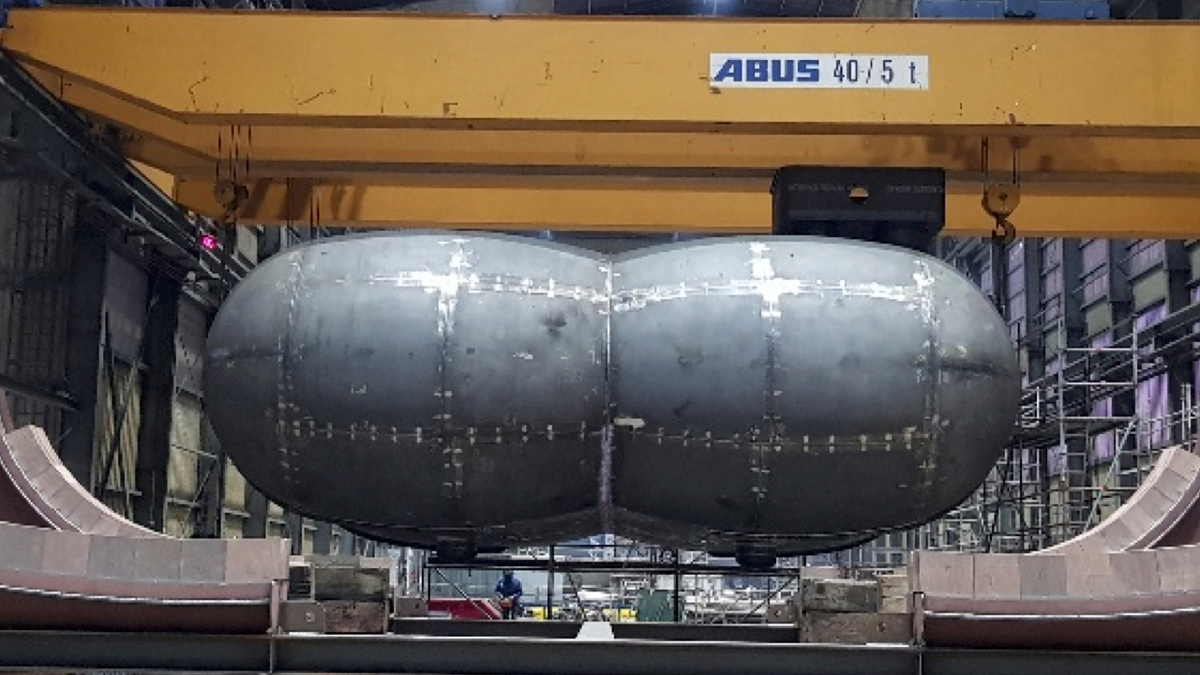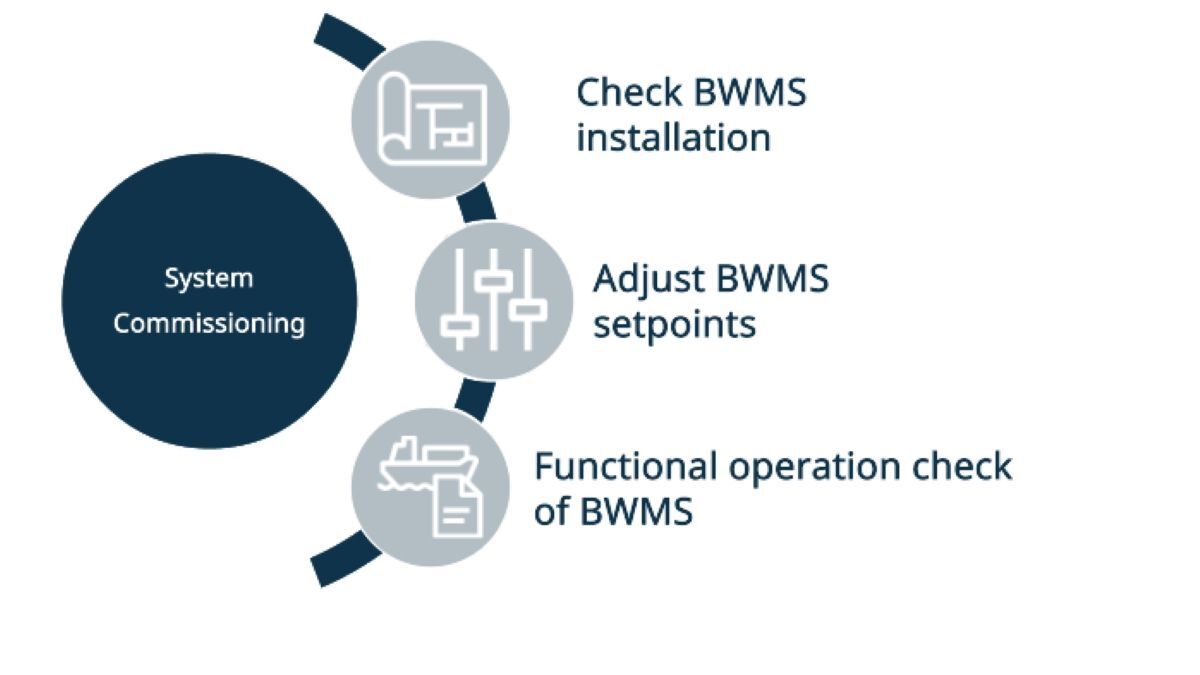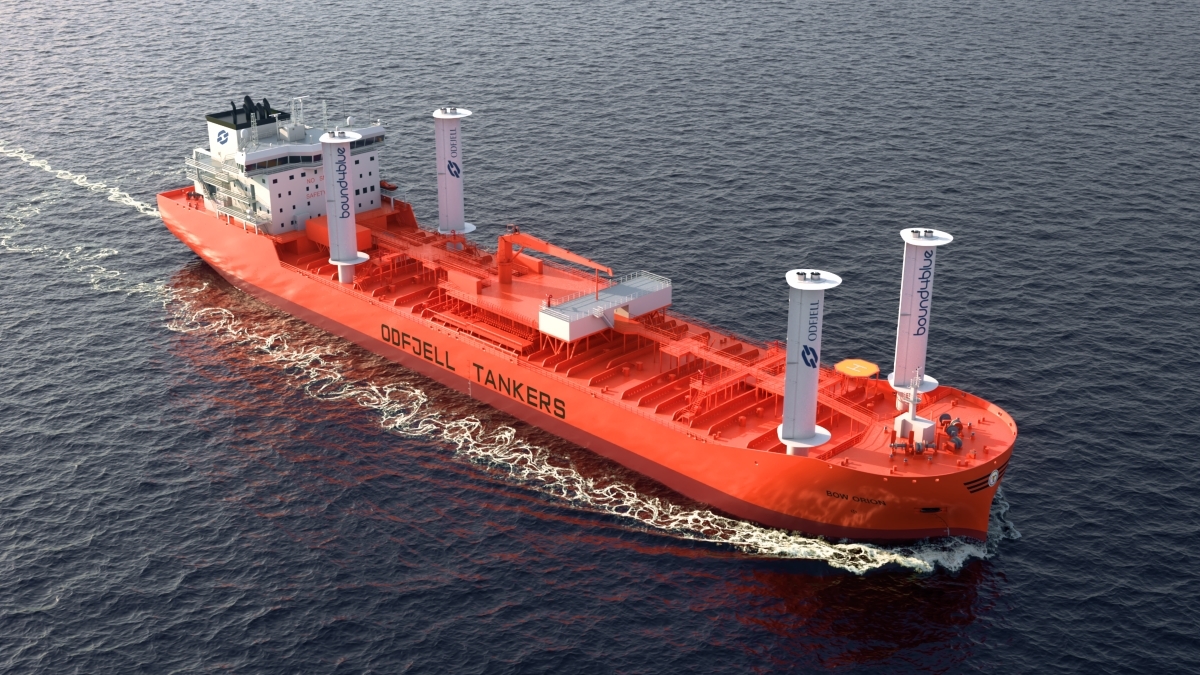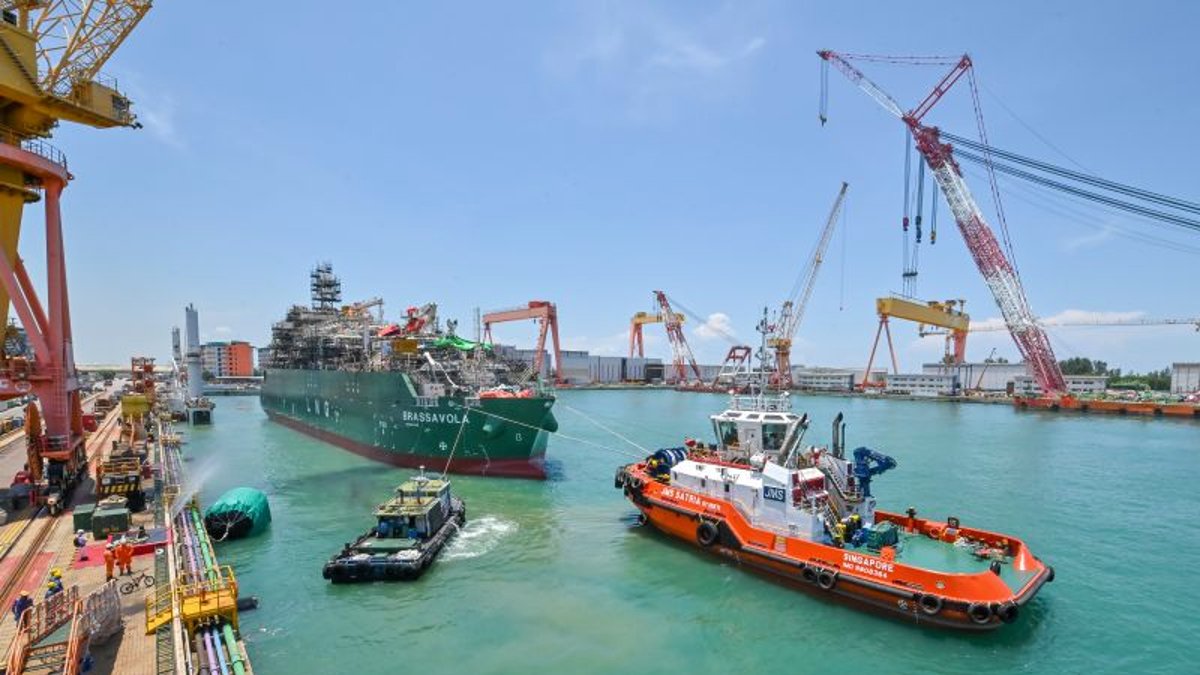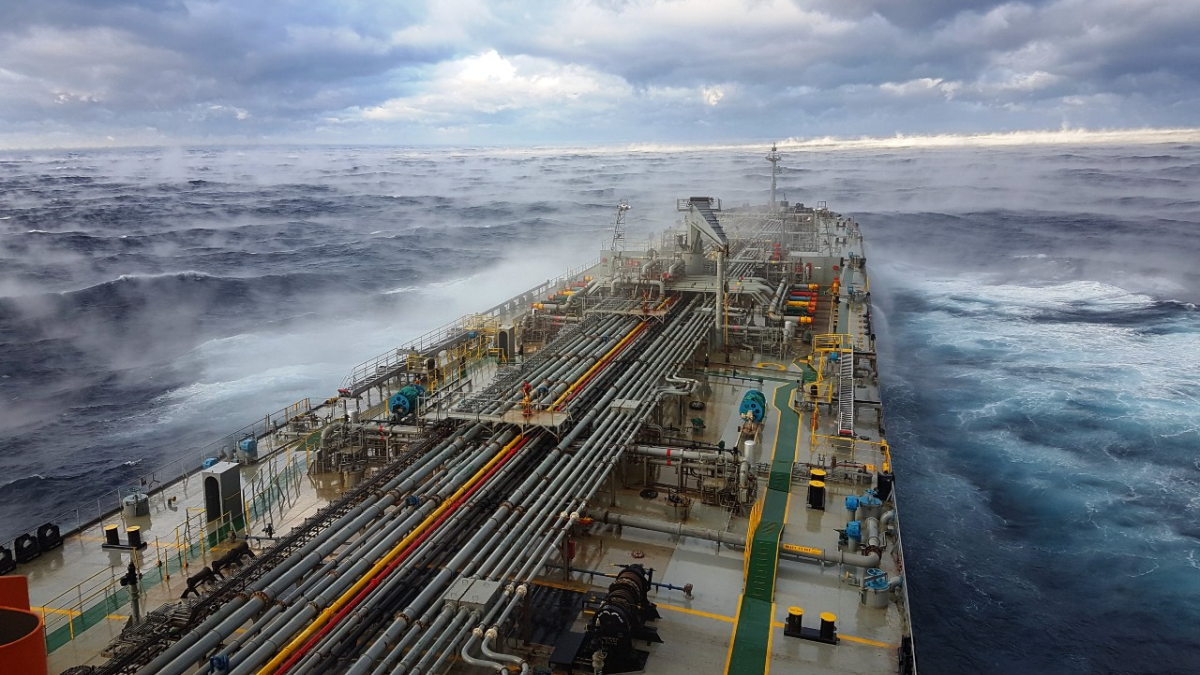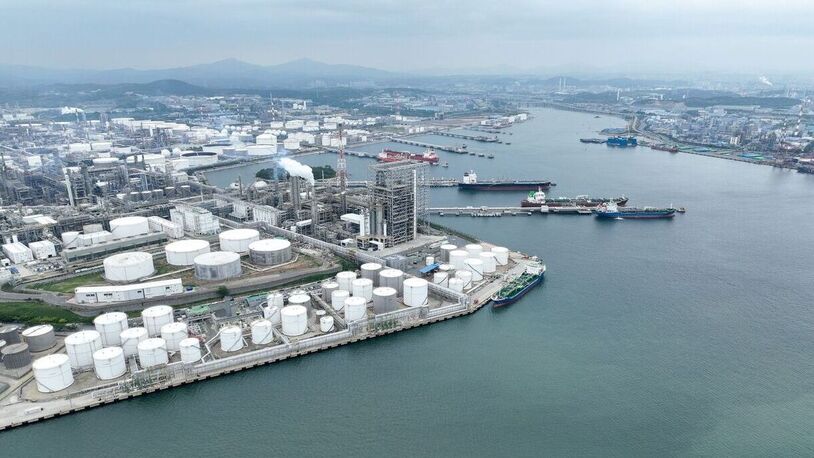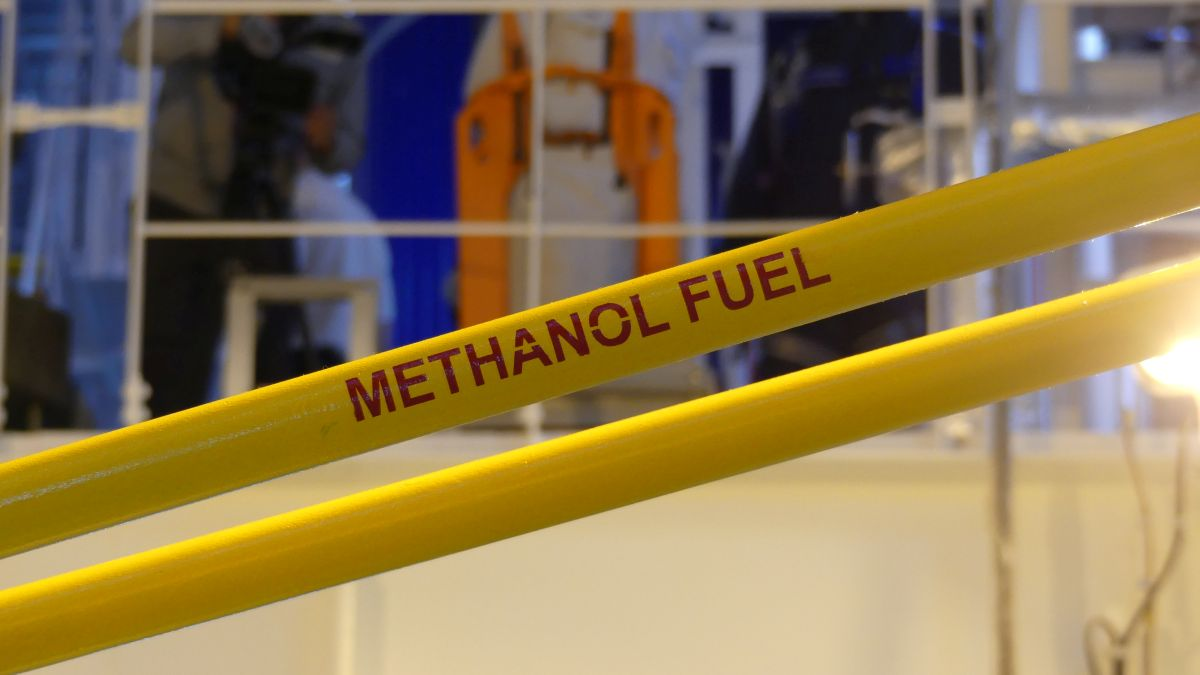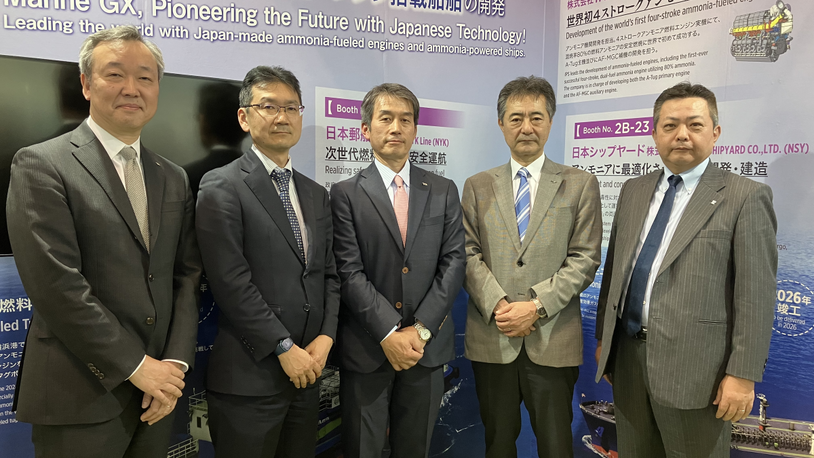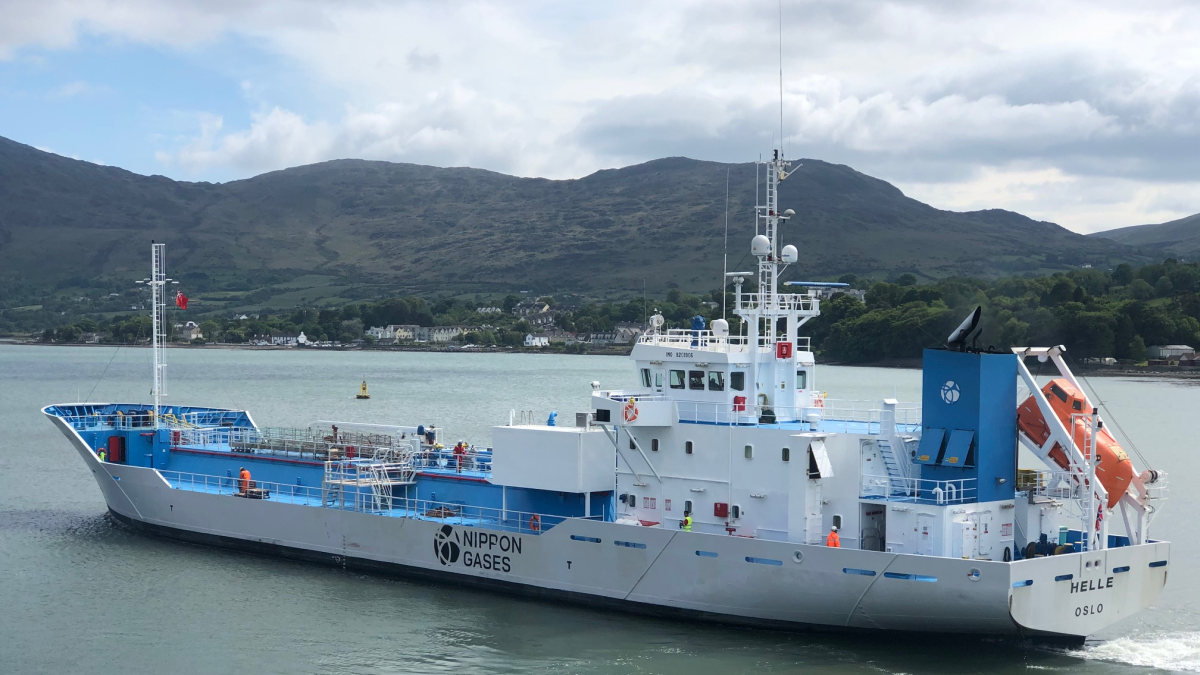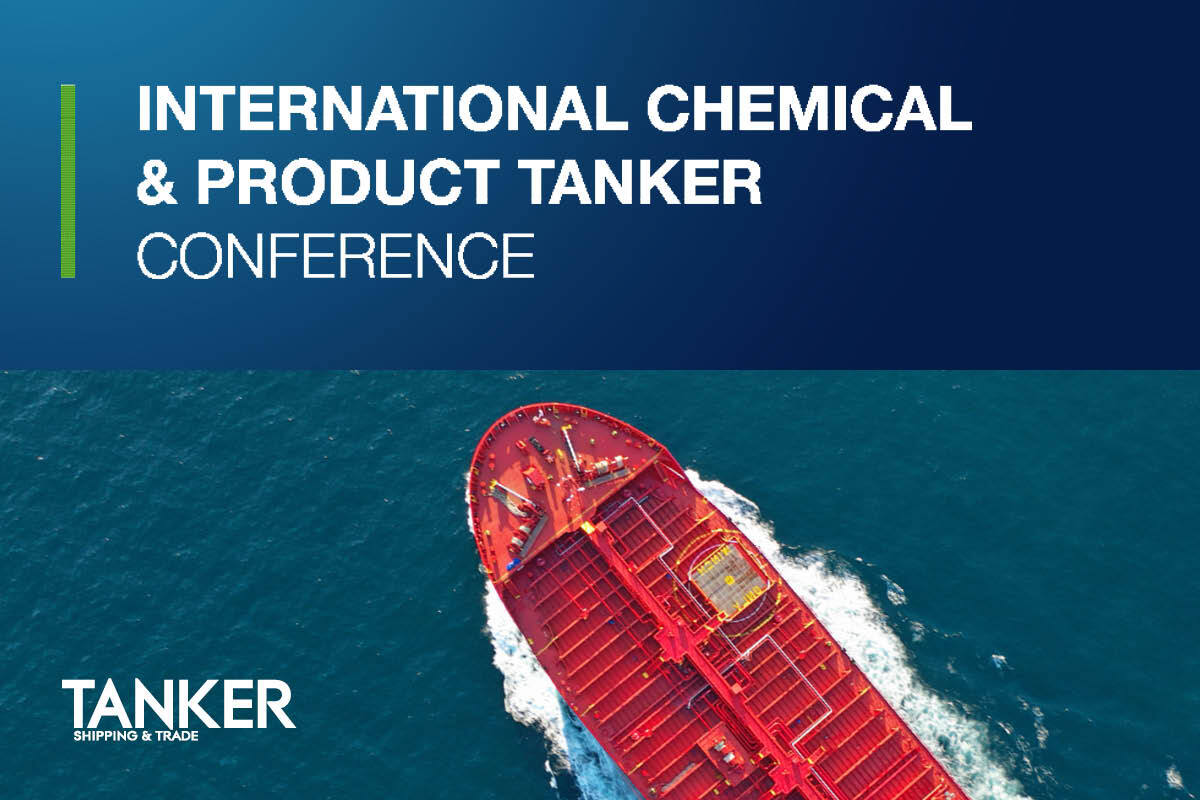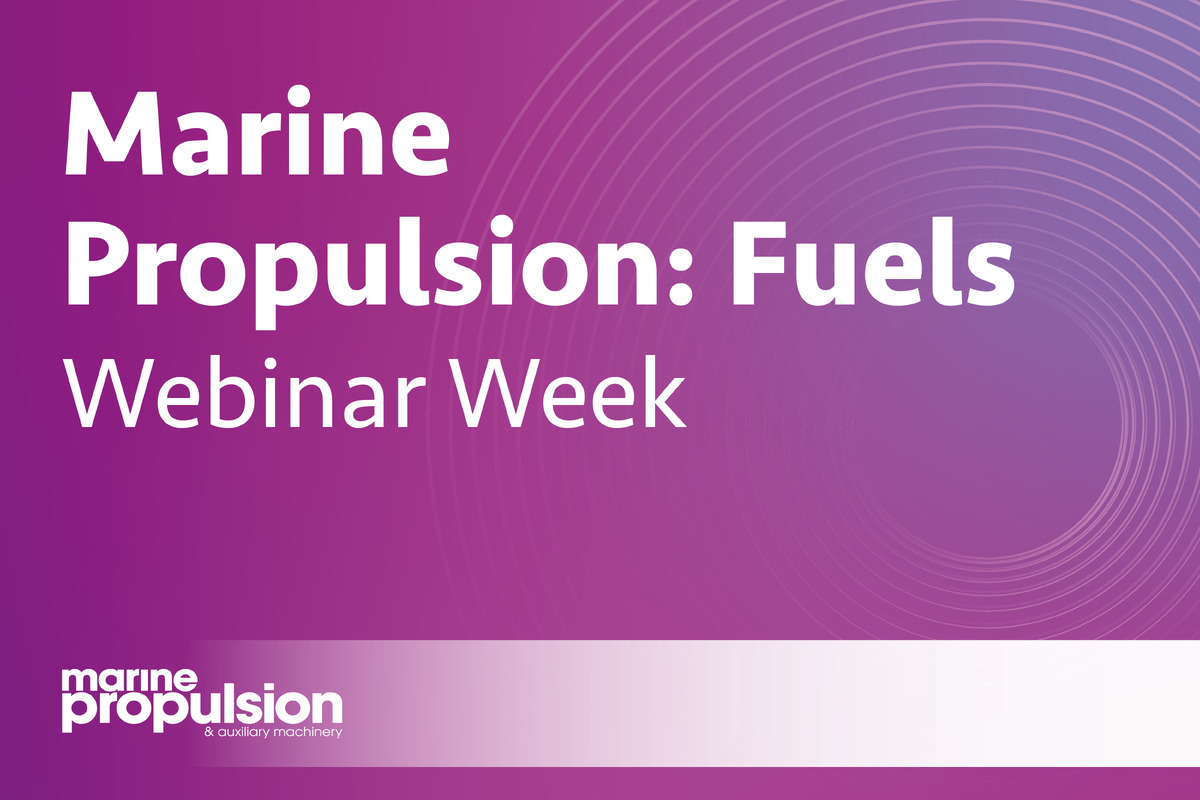Business Sectors
Events
Contents
Newly developed ‘bi-nut’ tank facilitates LNG retrofits
With the implementation of the IMO 2020 0.50% sulphur cap, there has been increased interest among shipowners in using LNG as fuel, both for newbuilds and conversions
To facilitate the retrofit of existing vessels for dual-fuel propulsion, German ship designer HB Hunte Engineering has developed a ‘novel and innovative’ LNG fuel tank to optimise fuel capacity.
Called Bi-Nut – a combination of “bi-lobe” and “peanut”, this LNG fuel tank design has undergone hydrostatic pressure testing and been approved according to DNV GL rules as an IMO type C tank.
For the retrofit projects, HB Hunte Engineering is co-operating with Høglund Marine Solutions, which is providing the fuel gas supply systems and dedicated automation.
HB Hunte Engineering managing director Frerk Brand said “A major challenge in the project phase is to optimise the tank size for various geometries of the available space on board different ship types. For a lot of ships and especially on cruise liners or passenger ships with restricted deck heights, a conventional type C tank, like cylindrical or bi-lobe would not reach an optimised space utilisation.”
Mr Brand said the Bi-Nut design uses available space much more efficiently than other circular geometries.
HB Hunte Engineering head of calculations and tank design Christoph Flaig said “Our Bi-Nut tank combines the high safety and performance of a type C pressure vessel with a much higher utilisation of available space, a combination type A and B tanks cannot provide. We are now much more flexible in respect to different breadth-height ratios of the tank hold space, which is also a very interesting feature for further conversions and newbuilding projects we are looking into at the moment.”
Depending on the severity of the shape, operational pressures of up to 10 barg are feasible with this design, offering a wide range of applications in various gas projects, according to HB Hunte Engineering.
Three tanks are currently on order at Bredo Dry Docks and under construction at Stahlbau Nord, both located in Bremerhaven, Germany and members of the Heinrich Rönner company group.
Complementing Stahlbau Nord on fabricating the first tank to the new design, HB Hunte Engineering director sales and business development Wolfgang Franzelius said “They have stuck to the tight project time schedule and kept costs well within the planned budget. This means a lot for Germany and the North Sea coast showing the high potential as location for further LNG tank and equipment manufacture and other new technologies, supporting the energy revolution.”
After the hydrostatic pressure testing of the first tank was completed, further outfitting and foam insulation was performed at Stahlbau Nord.
Riviera is producing a range of technical and operational webinars and virtual events with the industry’s foremost experts. Sign up to attend on our events page
Riviera is producing a range of technical and operational webinars and virtual events with the industry’s foremost experts. Sign up to attend on our events page
Related to this Story
Events
Maritime Cyber Security Webinar Week
International Chemical & Product Tanker Conference 2024
Marine Propulsion: Fuels Webinar Week
How enhanced connectivity is propelling maritime into the AI era
© 2023 Riviera Maritime Media Ltd.


